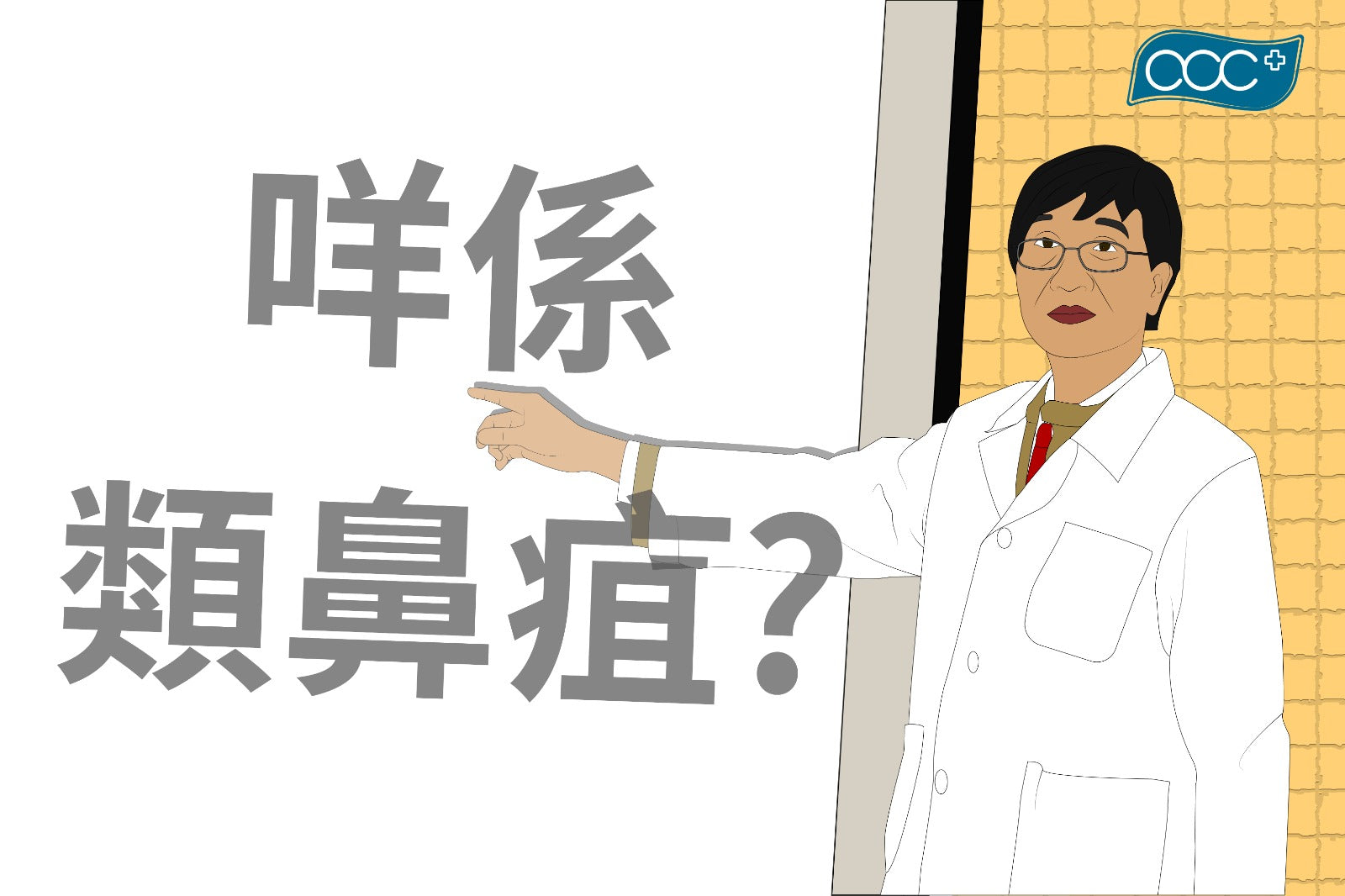【What exactly is melioid? It’s not easy to talk about Zuo Nai 👨🏻⚕️]

Is melioidosis related or not? And what horror? Are Hong Kong people really going to be surprised? Today, wait for me to discuss one by one in the same place!
In fact, melioidosis is a disease caused by Burkholderia pseudomallei. It can affect humans and animals such as sheep, pigs, cats, dogs, etc. This bacterium is widespread in soil and muddy water, especially moist clay. Melioidosis is endemic in Southeast Asia (eg, Singapore, Thailand) and northern Australia.

So what are the clinical features?
Clinical manifestations of melioidosis include local infection (eg, cutaneous abscess), pneumonia, meningoencephalitis, sepsis, or chronic suppurative infection. Depending on the site of infection, common symptoms include fever, headache, localized pain or swelling, ulcers, chest pain, cough, hemoptysis and localized lymphadenopathy.

What is the channel of transmission?
Humans can become infected through contact with contaminated soil and water sources (especially through skin lesions/wounds), inhalation of contaminated dust/water droplets and drinking contaminated water. Human-to-human transmission is very rare, but can be spread through contact with the blood or bodily fluids of a sick person.

Who are the high-risk groups?
People with long-term medical conditions, including diabetes, lung disease, liver disease, kidney disease, cancer, or immunocompromised persons are at higher risk of infection. In addition, people engaged in agricultural, laboratory and medical work may also be infected in the occupational environment.

How long is the incubation period?
The incubation period is usually 2 to 4 weeks, but can range from 1 day to several years.

Center-left governance?
Melioidosis can be treated with antibiotics. Some chronic infections may require longer term management. The mortality rate of melioid is about 40-75%.


So what is the preventive method?
There is currently no preventive vaccine against melioidosis. Members of the public should take the following measures to prevent infection:
Avoid contact with contaminated soil.
Wear appropriate protective clothing, such as gloves, and water boots when engaging in activities that involve contact with soil or muddy water.
Wash or shower after contact with contaminated water or soil. Do not brush your teeth, wash your face or take a bath with water until you have drained the drinking water from the tap in the first minute of the day.
Clean the wound as soon as possible and cover it with a waterproof dressing.
Wash hands with soap and water after touching soil and gardening activities.
Pay attention to food hygiene, do not drink unboiled or untreated water.
Travelers can be infected through outdoor water activities. Avoiding contact with potentially contaminated water sources such as rivers, ponds or lakes can reduce the risk of infection.
People with long-term medical conditions, including diabetes, lung disease, liver disease, kidney disease, cancer, or immunocompromised persons are at higher risk of infection. In addition, people engaged in agricultural, laboratory and medical work may also be infected in the occupational environment.
-
-
acc+ blessings from the world
-
For bulk order, please contact info@accbiotech.com

